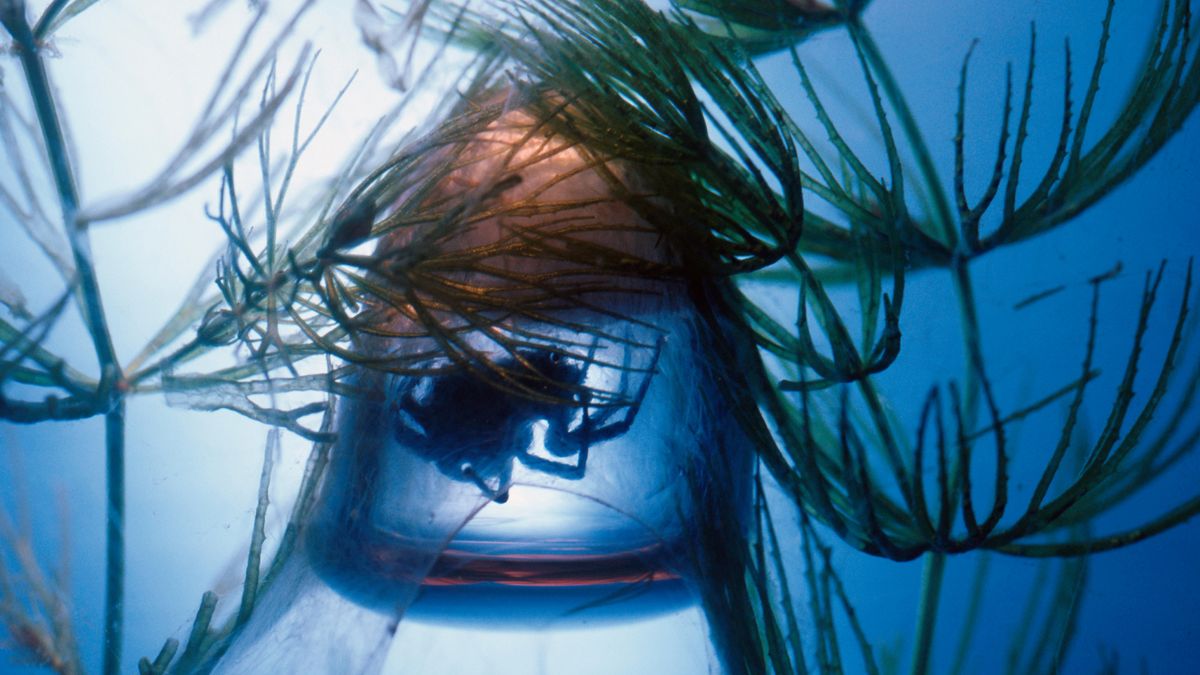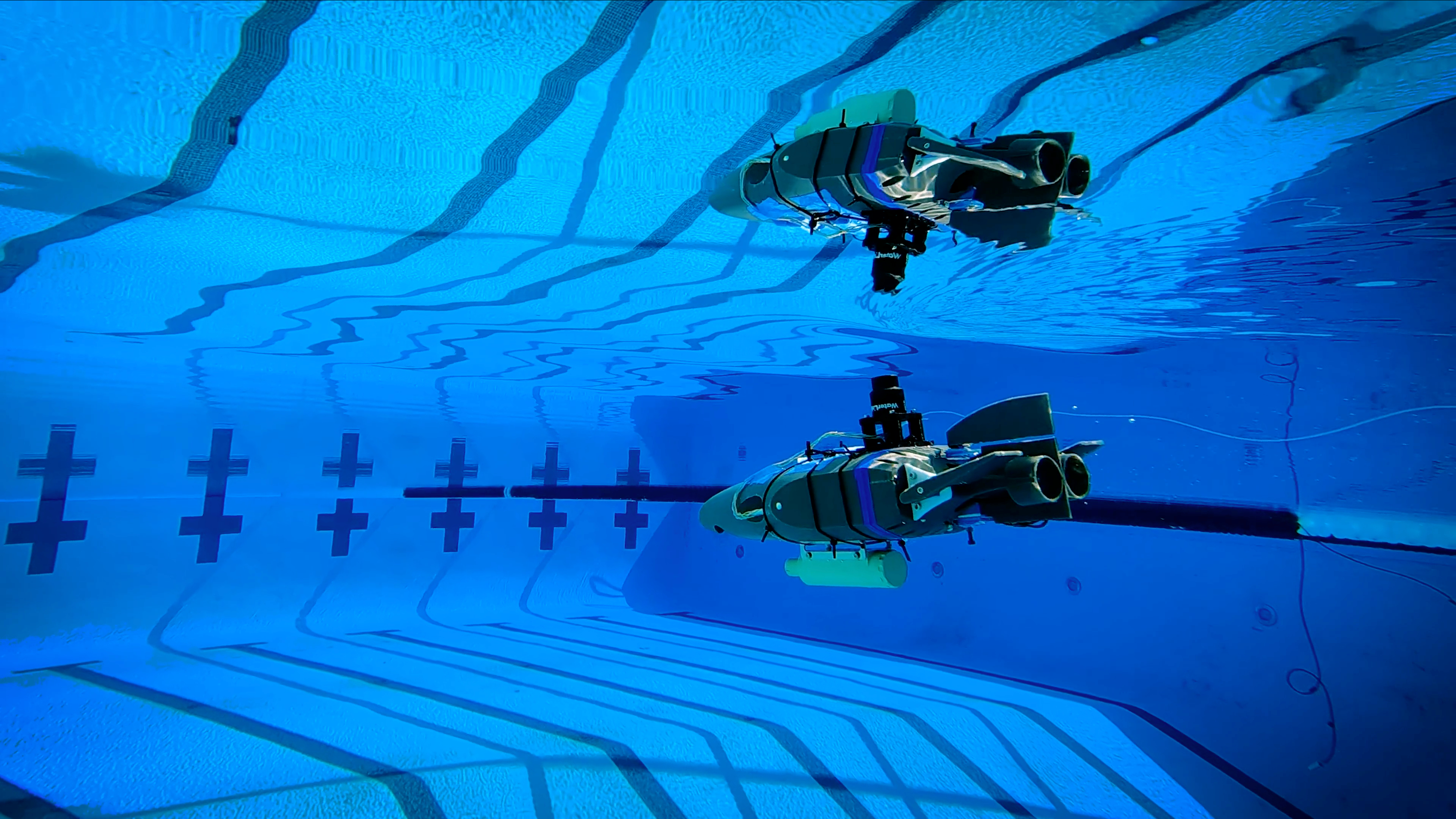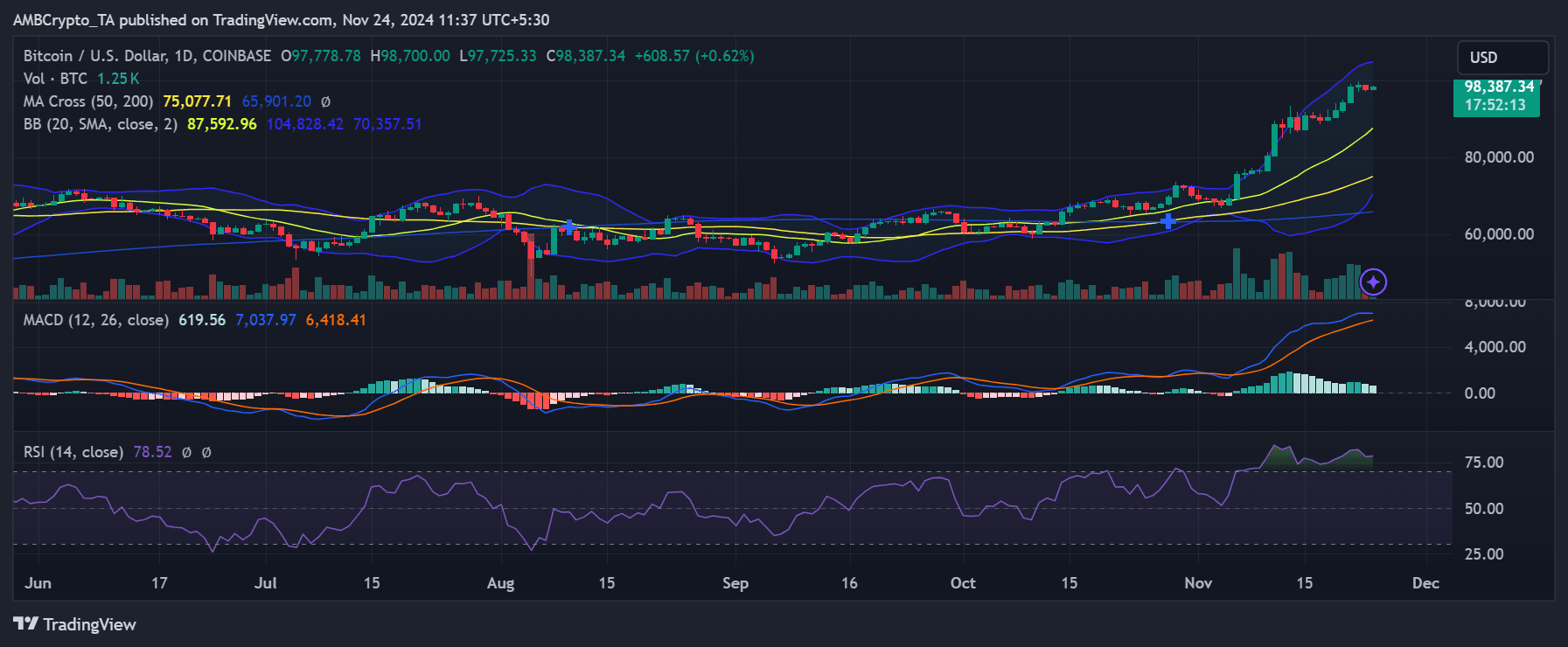The diving bell spider, also known as water spider (Argyroneta aquatica), is found in Europe, Central and Northern Asia, and has a separate subspecies in Japan. It feeds on other aquatic invertebrates and small fish. What sets this spider apart is its ability to live almost entirely underwater, making it the only spider to do so. Despite this, it still needs to breathe air. To survive, the spider creates a diving bell by spinning a web between underwater plants and then carries air from the surface down to its web via its hairy body.
Craig Macadam, the conservation director of the U.K. invertebrate charity Buglife, explained that the spider has developed a remarkable adaptation for its aquatic life. It has numerous water-repellent hairs over its body that trap air from the water surface. The spider then spins a silk structure to form an air bubble, which it uses in the same way as a diving bell. The bubble is expanded until the spider can fit inside. Female spiders build larger chambers compared to males to serve as nursing chambers, as they need it for their offspring. The air in the diving bell is regularly refreshed, giving the spider a silvery coloration.
In an unusual twist, male diving bell spiders are larger and heavier than females. A 2003 study in the journal Evolutionary Ecology Research investigated this and found that larger size and longer front legs in males allowed them to move more efficiently underwater. In contrast, the size of females was limited by the need to build a larger air bell to care for their young and the energetic costs associated with frequently transferring fresh air from the water surface to the bell.
A subsequent study published in 2005 in The Journal of Arachnology by the same authors revealed an interesting insight into the spiders’ mating behavior. Despite the risks involved, females seem to prefer mating with large males. The study also found that larger males occasionally eat the females in a case of reversed sexual cannibalism. However, their experiments also showed that large males and females would also kill small males.














